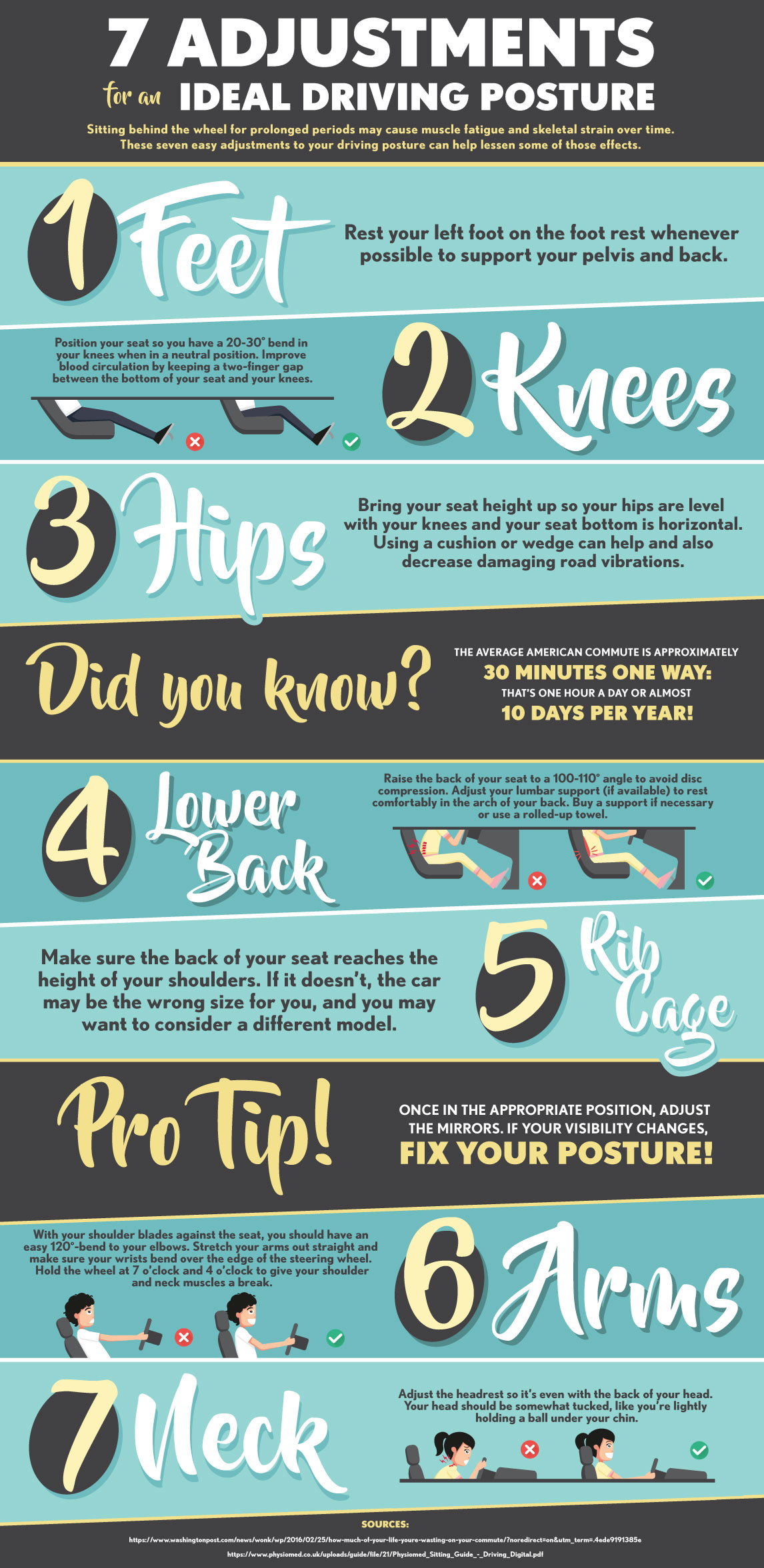Just When You Think Relief Is Near, Soft Tissue Treatment Discloses Its Awkward Truths-- Uncover Why The Process Can Be Excruciating Yet Beneficial
Just When You Think Relief Is Near, Soft Tissue Treatment Discloses Its Awkward Truths-- Uncover Why The Process Can Be Excruciating Yet Beneficial
Blog Article
Material Create By-Carson Conradsen
When you undergo soft Tissue therapy, you might find it surprisingly uneasy. This discomfort occurs as pressure is related to strained muscles and broken cells, activating your discomfort receptors. While it can really feel upsetting in the minute, there's a factor behind this experience. Understanding what takes place in your body during these therapies can aid you appreciate the process. So, just what is going on beneath the surface area?
The Physiology of Discomfort During Soft Tissue Therapy
When you undergo soft Tissue treatment, your body's response to pain is a complicated interaction of physical procedures. As the therapist applies stress, your body triggers discomfort receptors, sending out signals to your brain. This causes the release of natural chemicals, such as material P and glutamate, which magnify the experience of discomfort.
Your muscles might likewise tighten in feedback, more complicating the experience. Additionally, your body might release endorphins, all-natural pain relievers that can assist minimize some pain.
The interaction between these procedures can develop an one-of-a-kind experience for every person. Understanding this physiological feedback aids you browse the sensations during treatment, permitting you to value the equilibrium between discomfort and the possibility for healing benefits.
The Function of Discomfort in the Recovery Process
Although pain during soft Tissue therapy can really feel frustrating, it plays an essential role in the recovery procedure. When you experience pain, your body is signaling that it's functioning to repair damaged tissues. This reaction aids increase blood flow to the affected location, providing crucial nutrients and oxygen needed for recovery.
In addition, discomfort can advertise the release of endorphins, your body's natural medicines, creating a sense of alleviation post-treatment. Embracing this pain can aid you comprehend your body's restrictions and urge you to attend to underlying problems.
While it's uneasy now, this process is vital for lasting healing and boosted function. Acknowledging lymphdrainagen as an important part of healing can equip you to remain devoted to your therapy.
Tips for Managing Pain During and After Treatment
Managing discomfort throughout and after soft Tissue therapy can substantially improve your general experience and recuperation.
To start, connect honestly with your therapist concerning your discomfort levels; they can adjust techniques accordingly. Making https://garrettpgwnd.bloggip.com/33122283/indications-you-may-requirement-soft-tissue-therapy-for-discomfort-alleviation of deep breathing methods can additionally assist you unwind and minimize pain.
Consider applying ice to the treated location post-session to lower inflammation and numb discomfort. Remaining moisturized aids in the recovery process, so consume a lot of water.
Mild stretching and light movement after treatment can advertise blood circulation and simplicity tightness. Finally, ensure you obtain sufficient remainder to enable your body to recover.
Carrying out these pointers can make your soft Tissue therapy more manageable and delightful.
Verdict
In conclusion, while soft Tissue treatment can be awkward, it's critical to recognize that this pain plays a vital duty in your recovery journey. By understanding the physical actions at play, you can come close to the therapy with a more favorable frame of mind. Bear in mind, the first pain usually paves the way to alleviation as your body releases endorphins. Welcome the process, and do not think twice to use the pointers for taking care of pain to enhance your experience and recuperation.
